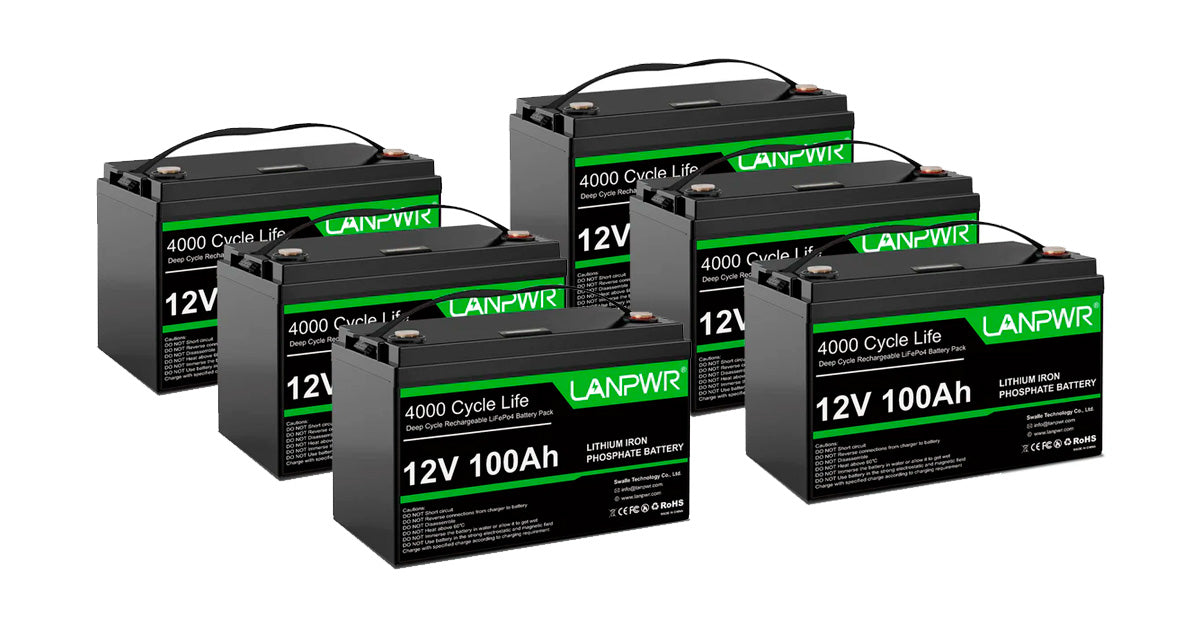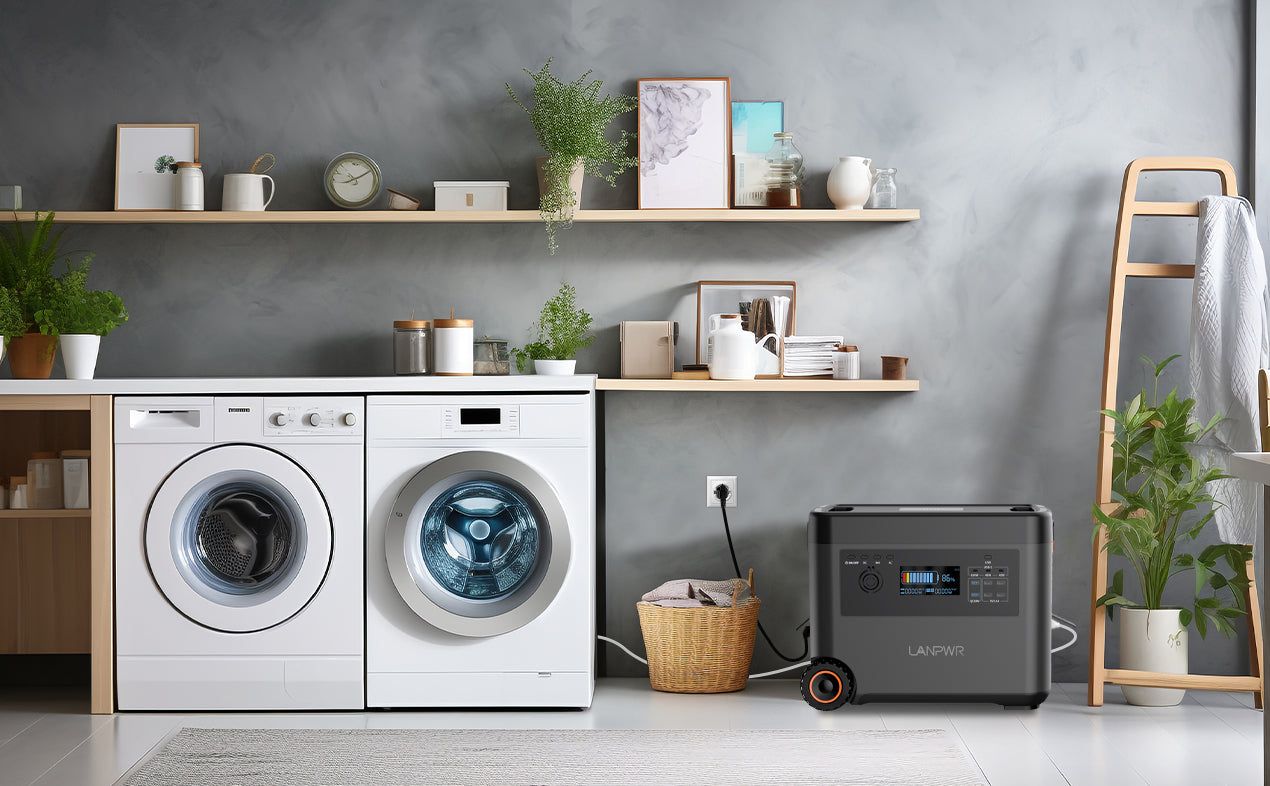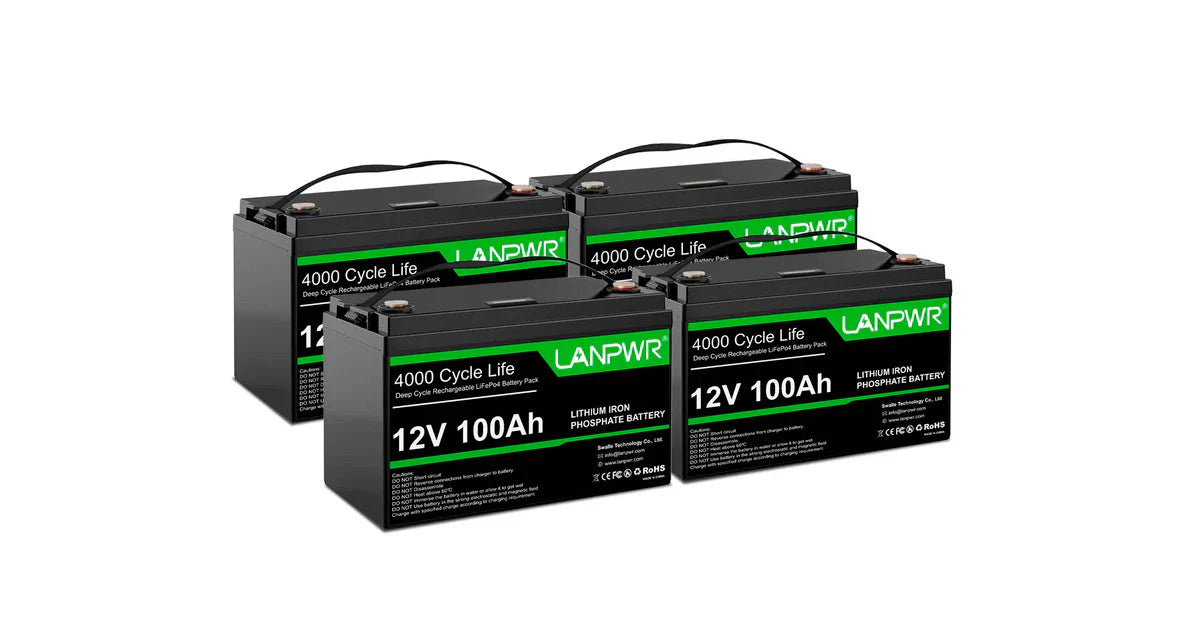Portable power stations have become an increasingly popular way of providing energy on the go, but many individuals question whether these devices can safely be used indoors. We will explore this aspect and provide tips for using portable power stations indoors.
Safety Features of Portable Power Stations for Indoor Use
Portable power stations come equipped with various safety features designed to guarantee their safe use inside a house, such as overcharge protection, short circuit protection, temperature control, and surge protection. Before purchasing one of these portable power stations, these features must be checked as early as possible to guarantee optimal use and avoid accidents during usage.
- Battery Technology
Portable power stations typically utilize lithium-ion or lithium-iron phosphate (LiFePO4) batteries due to their superior energy density, efficiency, and safety profile.
Lithium Iron Phosphate (LiFePO4) Batteries: LiFePO4 batteries have become widely recognized for their superior safety due to their stable chemical structure. They dramatically lower the risk of thermal runaway and potential fire-starting conditions. Furthermore, these LiFePO4 cells tolerate total charges more effectively without degrading over time, making them great candidates for regular use.
Lithium-ion Batteries: Though lithium-ion batteries tend to be safe, they come equipped with various safety precautions to withstand the strains associated with operation and charging, including anti-overcharging technology that helps avoid overheating situations.
- Protective Circuitry
Portable power stations contain multiple layers of protection circuitry to ensure safe operation. Overcharge Protection: Prevents charging beyond battery capacity, which could result in overheating or potential damage;
Over-discharge protection: Automatically stops battery output when its charge drops below an acceptable threshold, safeguarding battery health while avoiding voltage drops that could compromise connected devices and cause them to stop functioning as expected.
Short Circuit Protection: This feature provides automatic shutdown to protect batteries and connected devices from potential harm if a short circuit detection occurs.
Temperature Control: This feature, equipped with sensors to constantly monitor battery temperatures, detects excessive heat, which triggers it. Should any overheating be detected, power output or shutdown could take place to protect the unit from further overheating.
- Emission-Free Operation
Portable power stations differ from gas and diesel generators by not producing carbon monoxide or any harmful exhaust gases - an advantage in environments with limited ventilation where carbon monoxide exposure could otherwise pose risks.
- Physical Design and Construction
Robust Casing: Power stations typically feature hard, durable shells to shield their internal batteries from physical damage and ensure adequate ventilation to effectively dissipate heat during operations. Ventilation systems ensure sufficient airflow around battery compartments to dissipate any heat created while running operations.
Isolation of Electrical Components: Our devices feature carefully insulated electrical connections to prevent accidental contact between components, increasing user safety.
- Built-In Safety Checks
Specific advanced models feature digital displays and monitoring systems with real-time information on power usage, battery health, and operational status. These systems provide real-time alerts regarding potential safety concerns like overload conditions or abnormal battery performance, alerting users before any damage to health occurs. These alerts could prevent accidents before they arise!
- Certifications
Reputable manufacturers ensure their portable power stations conform to international safety standards and certifications, such as UL, CE, or RoHS certifications, which signify that products have undergone testing to comply with specific safety requirements.
Tips for Indoor Use of Portable Power Stations
Here are a few strategies and advice on using portable power stations effectively and safely indoors.
- Choose an Appropriate Location Regarding ventilation
Ensure that you choose an area with ample air circulation around where your power station will be housed. Although these devices do not emit gases like traditional generators, adequate airflow keeps the unit cool and prevents overheating.
Stable Surface: Position your power station on a secure and level surface to avoid accidental tipping or vibration. Keep it out of high-traffic areas to minimize bumps or falls that might happen accidentally.
2. Avoid Overloading Assess Capacity
Avoid overloading your power station's capacity with too many devices connected; exceeding its recommended load is dangerous for its battery and may reduce its lifespan and helpful lifespan.
Prioritize Utilization: Prioritizing which devices are essential and only connecting others when necessary can prevent overburdening the power station.
- Monitor Temperature
Avoid Heat Sources: The power station should be away from direct sunlight, heating units, or appliances that produce significant amounts of heat; too much heat may compromise battery performance and create potential safety concerns.
Check for Overheating: Periodically examine the power station to detect excess heat. If any devices become overly warm, disconnect some to allow cooling time before reconnecting them later.
- Maintain, Keep it Clean
Dust and debris can quickly build up in a power station, hindering performance. Frequently clean the exterior using a dry cloth, and ensure that any vents remain open.
Battery Maintenance: When leaving the power station dormant for extended periods, charge it between 50-61% before storing and recharge every three or six months to preserve battery health and prolong its service.
- Proper Charging Practices
Always Use Original Charger: For optimal charging results, always use the charger that came with or was recommended by the power station manufacturer to ensure proper voltage and current charging, which will prolong battery lifespan and life span.
Optimized Charging Conditions: For best results, charge the unit in an excellent, dry location away from direct sunlight or when hot use may have increased temperatures on its device. Avoid doing this immediately following heavy usage when temperatures may have spiked significantly.
- Familiarize Yourself with Safety Features Read Your User Manual
Be familiar with all the safety features and operating instructions outlined in your user manual to prevent misuse and facilitate troubleshooting should any problems arise. Understanding them could make solving any potential issues much more straightforward.
Use Built-in Protections: Many power stations feature display monitors with alerts that notify of potential overload, overheating, or improper connection issues. Pay attention to such alerts and take necessary action in response.
- Be Prepared for Emergencies
Have Your Portable Power Station Always Charged and Ready: Store your portable power station nearby for optimal emergency power in case of unexpected power outages. Ensure it remains charged at all times to be ready when power fails you unexpectedly.
Conclusion
Portable power stations can be safely utilized indoors if proper safety precautions are observed. By selecting an efficient device with sufficient safety features and adhering to guidelines regarding indoor usage, portable power can provide convenience without jeopardizing safety.














Leave a comment
This site is protected by hCaptcha and the hCaptcha Privacy Policy and Terms of Service apply.